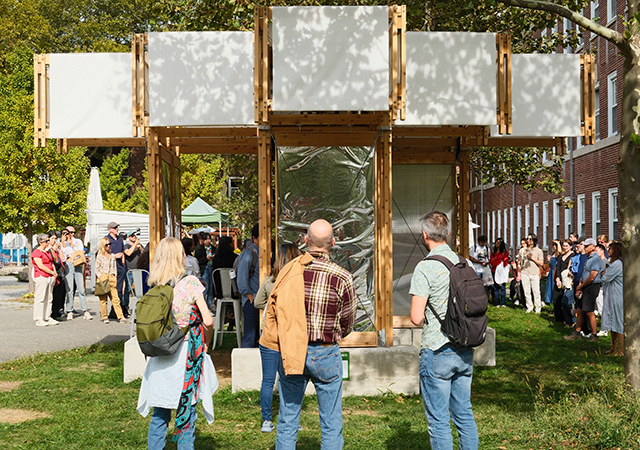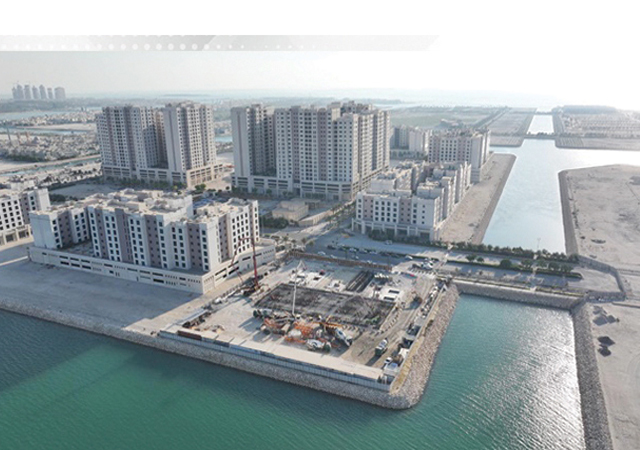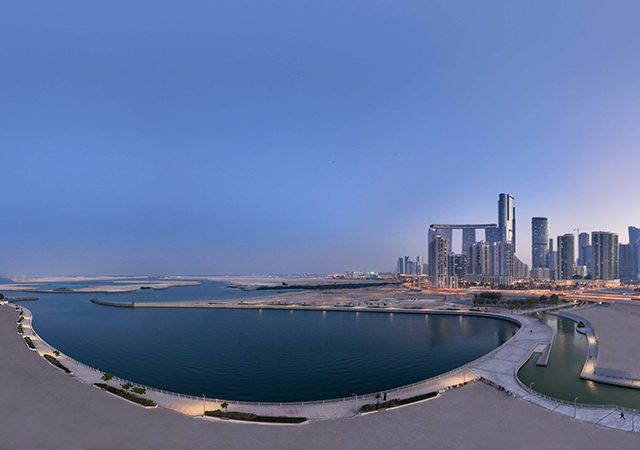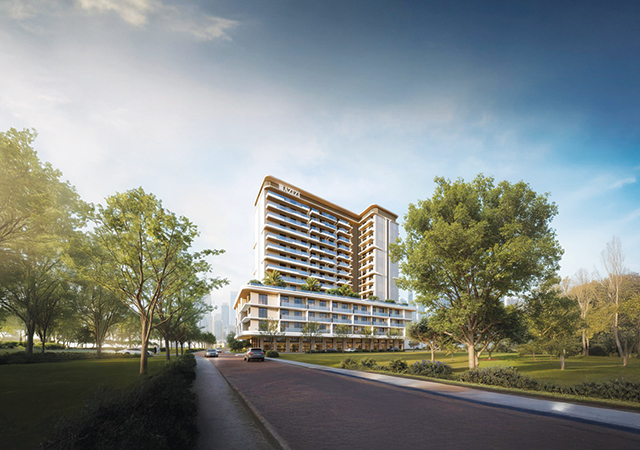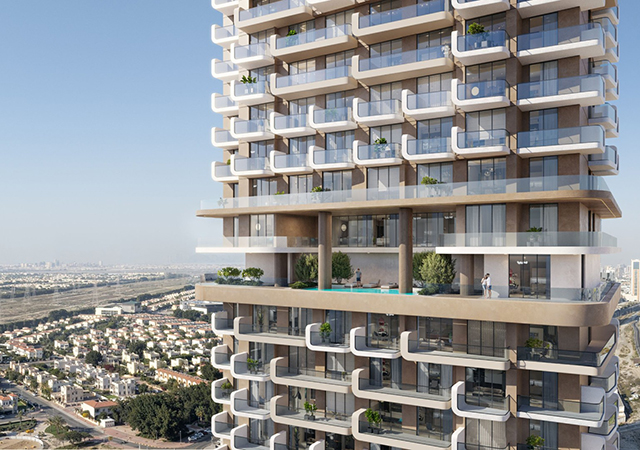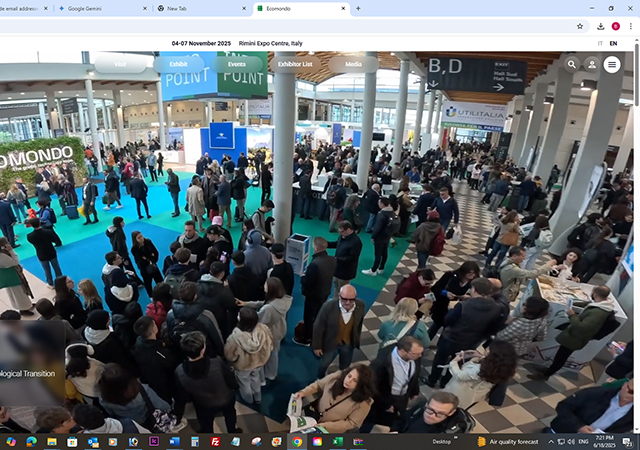
 Jordan ... design life is influenced by surrounding factors.
Jordan ... design life is influenced by surrounding factors.
We have previously looked at design life obligation, commonly found in engineering, procurement and construction (EPC) contracts, to achieve a “design life” of a certain number of years (Gulf Construction, November 2015). Design life is usually included in the list describing the required characteristics of completed works; alongside fitness for purpose and merchantable quality.
There has been some commentary in English court decisions on the meaning of design life and it is worth looking at a new case which considered it in detail. Although this is an English Law judgment, it addresses a concept which is routinely included in Middle East contracts.
Previous court decisions have helped to clarify the basic idea of a design life obligation: in particular, whether it is just a matter of seeing if a built asset stays up or stays operational for the required period. Contractors have argued that it is not possible to judge that obligation as having been breached before that period has elapsed. That argument was considered in the well-known case of MT Hojgaard A/S vs E ON Climate and Renewables, which we have looked at before. In that case, the contractor argued that an obligation to design the foundations “to ensure a lifetime of 20 years without planned replacement” was both impossible to achieve (because this obligation conflicted with another requirement to follow a published specification which was ultimately found to be incorrect) and because the 20-year requirement was no more than an extended warranty which could not be declared as breached unless the foundations actually failed within the 20 years.
The court’s view was that the requirement “to ensure a lifetime of 20 years” was a design obligation. The likelihood of any works remaining in place and in service for a given period of time can be judged by scrutiny of that design.
This view makes sense, but it was only an interpretation of the specific contract obligation “to ensure a lifetime of 20 years without planned replacement”. The contract did not refer expressly to “design life” and we cannot take this as the last word on its meaning.
The more recent case arose out of a contract which did include “design life” but did not define it; so helpfully gifting us all an opportunity to look at it again. This was Blackpool Borough Council vs Volkerfitzpatrick Ltd & Others. Here, Blackpool BC (the council) engaged Volkerfitzpatrick (the contractor) to design and build a tram depot on the seafront. Blackpool is on the UK coast but is very unlike, for instance, the Abu Dhabi Corniche: it gets some bad weather! For that reason, corrosion is a major factor to take into account in design and construction.
Interestingly, this contract included express design life obligations of different numbers of years, relating to various parts of the works. Following completion of the depot in 2011, the council considered that there was premature corrosion to certain parts; most importantly, to galvanised steel brackets and connectors between the roof, walls and steel frame – and brought the action.
As with previous disputes on design life, this one was largely concerned with the question of maintenance and repairs. Both parties, of course, accepted that maintenance and repair are required but they disagreed about how much of this should have been expected and planned, given the nature of the works and their seafront location. The contract required that the works should need no ‘non-standard’ or ‘unusually onerous’ maintenance.
In the absence of a contract definition, the judge referred to definitions contained in published standards, one of which (BS ISO 15686-1:2000) “contains a definition of design life as the service life intended by the designer. In turn the service life is defined as the period of time after installation during which a building or its parts meets or exceeds the performance requirements”.
In the end, the judge awarded part of the damages claimed, reflecting the reality that certain components can be expected to corrode more quickly than others and having considered what, on each component, would constitute a major or unexpected requirement to intervene.
Although we got no new definition, we should not have expected one. Design life is not a simple and constant concept: it is influenced by surrounding factors, including:
• The planned maintenance regime. Referencing that regime in connection with the design life obligation will give context to it; and
• Whether it is applied to the whole works or to components. If a bolt needs to be replaced after 10 years, the questions are different in each case: is this a “20-year bolt” or is it just a bolt in a “20-year building”?
* Stuart Jordan is a partner in the Global Projects group of Baker Botts, a leading international law firm. Jordan’s practice focuses on the oil, gas, power, transport, petrochemical, nuclear and construction industries. He has extensive experience in the Middle East, Russia and the UK.








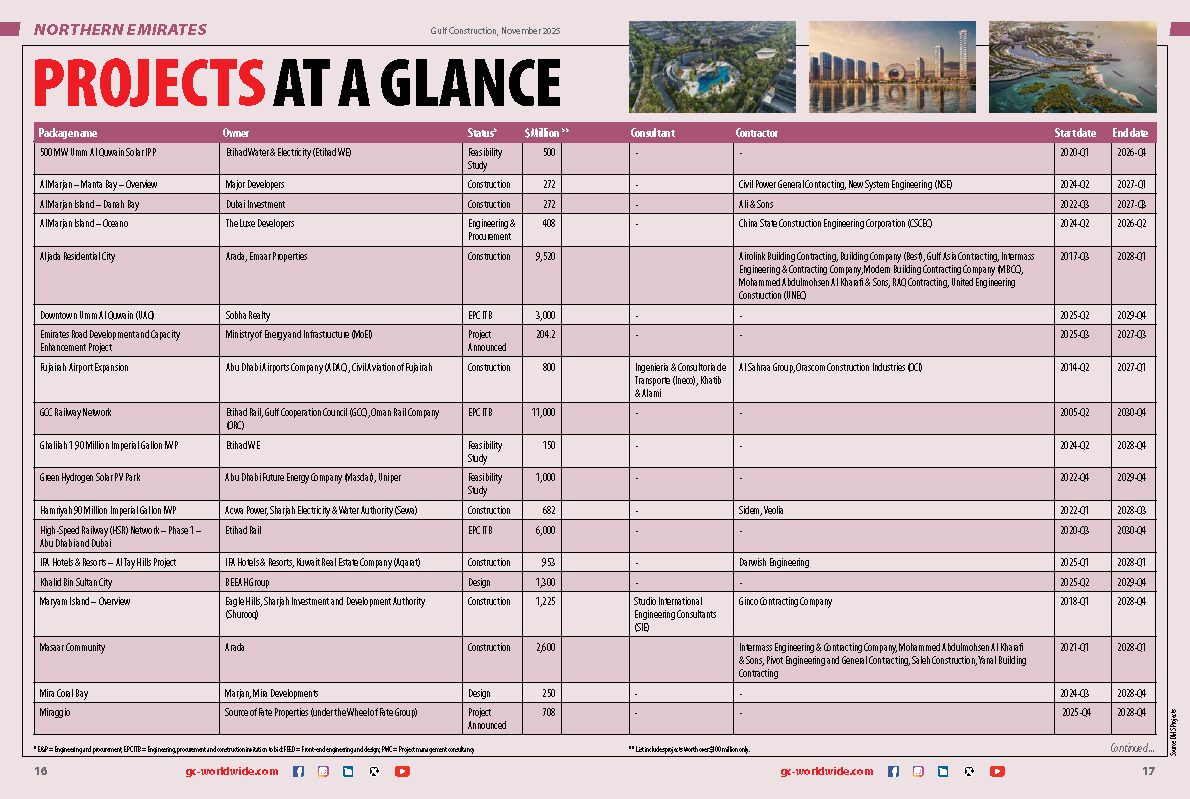




(5).jpg)








.jpg)







